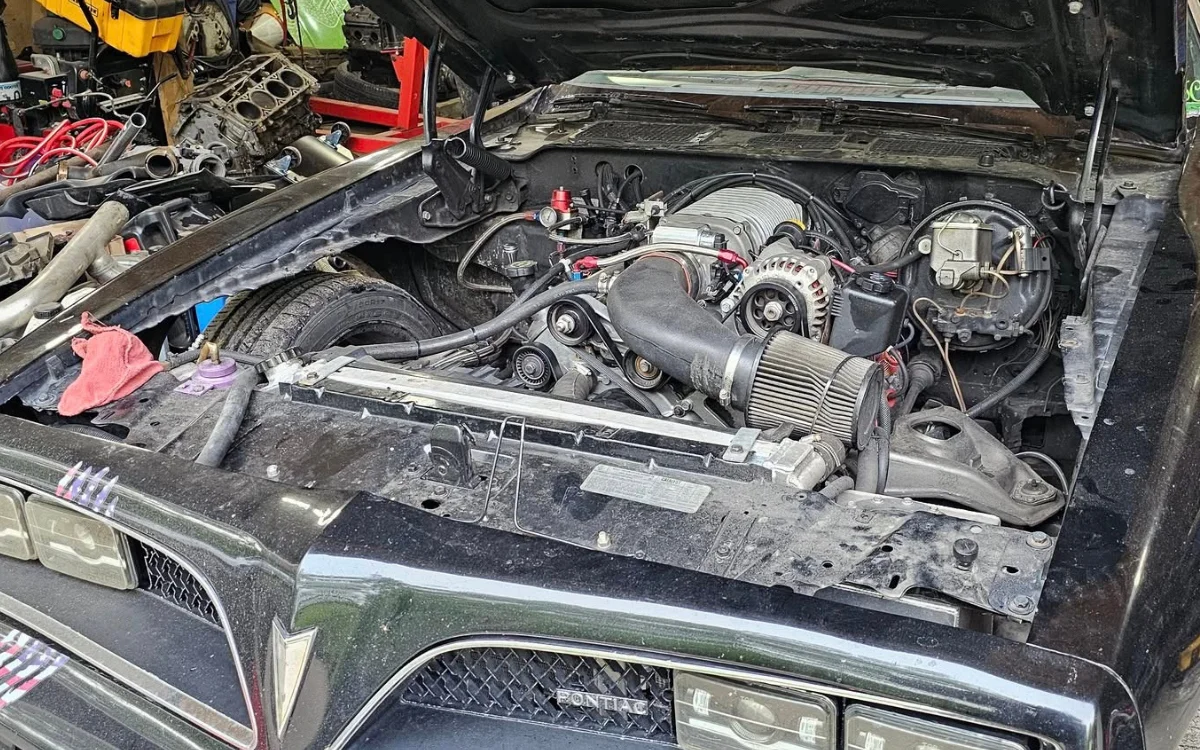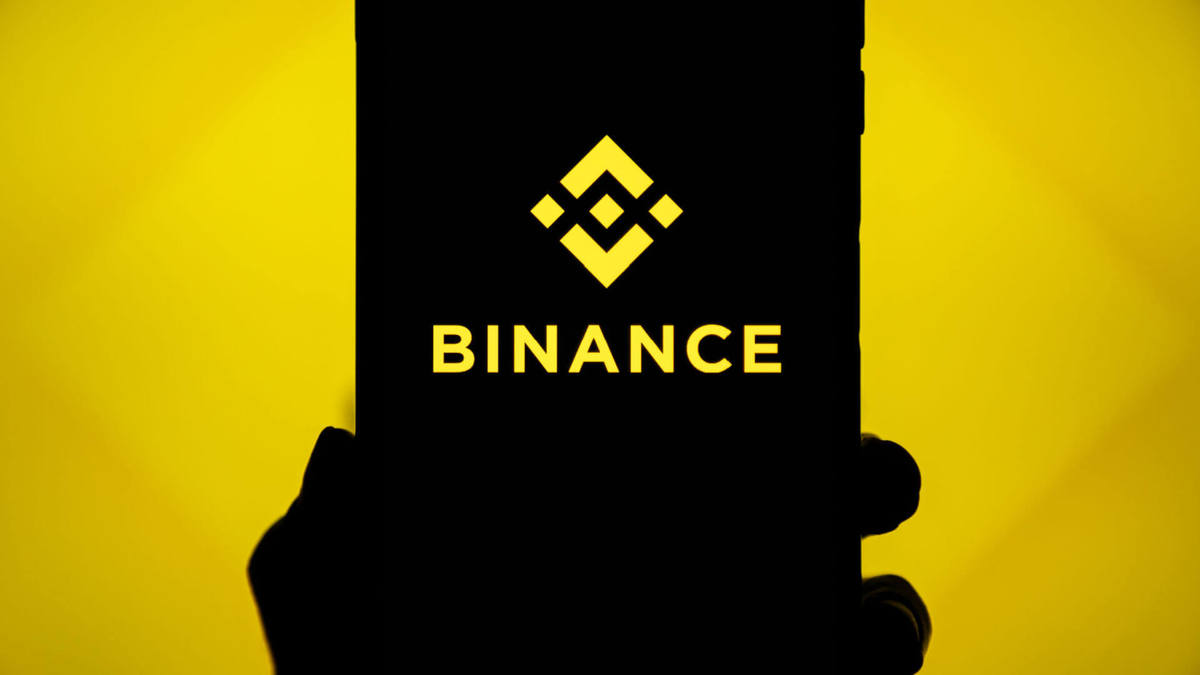The Big Bet on Crypto’s AI Infrastructure
The post The Big Bet on Crypto’s AI Infrastructure appeared on BitcoinEthereumNews.com. Artificial intelligence is transforming the technology landscape, and it’s not just traditional players like Nvidia and Google that are shaping the future. A new, decentralized movement is emerging — one that merges AI and blockchain to create open, scalable and trustless infrastructure. As AI systems demand increasingly powerful compute and reliable data systems, crypto-native platforms are stepping up. These systems aren’t just offering alternatives, they’re beginning to power real workloads and reimagine how AI is built and governed. We’d love your feedback! CoinDesk is conducting a confidential survey. Start Survey. Decentralized compute is getting real The idea of decentralized GPU networks where users rent compute on demand and hardware owners earn income by sharing idle resources was once seen as futuristic. Today, it’s rapidly becoming operational, with platforms supporting live AI inference and training tasks. io.net is one of the leaders in this space. With over 10,000 active nodes distributed, it delivers scalable compute-on-demand via decentralized infrastructure. The network uses advanced technologies like Ray-based distributed systems and proof-of-work/time-lock mechanisms to ensure reliability and efficient coordination. Meanwhile, Aethir is positioning itself as an enterprise-grade alternative to traditional GPU clouds. With more than 400,000 high-end GPU containers onboarded including over 3,000 NVIDIA H100 and H200 units, Aethir is designed for performance-heavy AI workloads. Its network continues to scale as new cloud hosts join to meet demand across AI and gaming. These platforms don’t just provide compute, they tokenize it. Through native incentives, they encourage participation from hardware providers and validators, while offering developers a scalable and often more cost-effective alternative to traditional cloud solutions. Building a decentralized AI stack Decentralized compute is just the starting point. An entire AI infrastructure is forming around blockchain-native principles such as transparency, verifiability and user ownership. Model hosting is being reimagined by projects like Bittensor, which…

The post The Big Bet on Crypto’s AI Infrastructure appeared on BitcoinEthereumNews.com.
Artificial intelligence is transforming the technology landscape, and it’s not just traditional players like Nvidia and Google that are shaping the future. A new, decentralized movement is emerging — one that merges AI and blockchain to create open, scalable and trustless infrastructure. As AI systems demand increasingly powerful compute and reliable data systems, crypto-native platforms are stepping up. These systems aren’t just offering alternatives, they’re beginning to power real workloads and reimagine how AI is built and governed. We’d love your feedback! CoinDesk is conducting a confidential survey. Start Survey. Decentralized compute is getting real The idea of decentralized GPU networks where users rent compute on demand and hardware owners earn income by sharing idle resources was once seen as futuristic. Today, it’s rapidly becoming operational, with platforms supporting live AI inference and training tasks. io.net is one of the leaders in this space. With over 10,000 active nodes distributed, it delivers scalable compute-on-demand via decentralized infrastructure. The network uses advanced technologies like Ray-based distributed systems and proof-of-work/time-lock mechanisms to ensure reliability and efficient coordination. Meanwhile, Aethir is positioning itself as an enterprise-grade alternative to traditional GPU clouds. With more than 400,000 high-end GPU containers onboarded including over 3,000 NVIDIA H100 and H200 units, Aethir is designed for performance-heavy AI workloads. Its network continues to scale as new cloud hosts join to meet demand across AI and gaming. These platforms don’t just provide compute, they tokenize it. Through native incentives, they encourage participation from hardware providers and validators, while offering developers a scalable and often more cost-effective alternative to traditional cloud solutions. Building a decentralized AI stack Decentralized compute is just the starting point. An entire AI infrastructure is forming around blockchain-native principles such as transparency, verifiability and user ownership. Model hosting is being reimagined by projects like Bittensor, which…
What's Your Reaction?




































